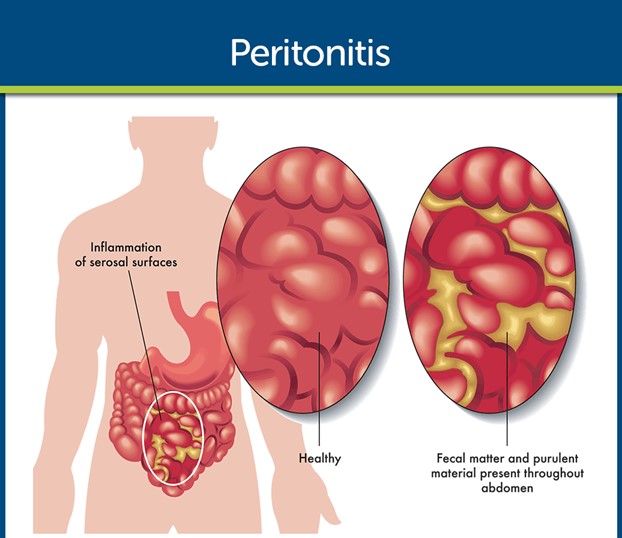The client is undergoing a tuning fork test to assess for hearing conduction. The nurse performs a Rinne test. How will this test be performed?
Have the client close their eyes, lightly rub fingers together 12 inches away from the ear, and have the client identify which side the sound is heard.
First, place the tuning fork on the mastoid process behind the ear. When the client states the sound is no longer heard, place the tuning fork beside the ear.
Strike the tuning fork and place it in the center of the skull.
Stand three feet away and have the client repeat back what you have whispered.
The Correct Answer is B
In the Rinne test, the nurse first places a tuning fork on the mastoid process behind the ear, and when the client states that the sound is no longer heard, the tuning fork is placed beside the ear. This test is done to compare bone conduction with air conduction. When sound is no longer heard via bone conduction, the sound will still be heard via air conduction.
Choice A is incorrect because it describes the Weber test, not the Rinne test.
Choice C is incorrect because it is not a standard hearing test.
Choice D is incorrect because it describes the Whisper test, which is also used to test for hearing loss.
Nursing Test Bank
Naxlex Comprehensive Predictor Exams
Related Questions
Correct Answer is B
Explanation
Glucose tolerance test in combination with a Growth hormone measurement. Acromegaly is a condition in which there is an excess of growth hormone (GH) production by the anterior pituitary gland, resulting in abnormal growth of bones and tissues in the body. The definitive diagnostic test for acromegaly involves a glucose tolerance test combined with a measurement of GH levels. During the test, the client will be given a dose of glucose, and the GH levels will be measured before and after the glucose is given. In acromegaly, the GH levels remain elevated even after glucose administration.
Choice A, bone radiographs, may show the enlarged bones associated with acromegaly, but it is not the definitive diagnostic test for the condition.
Choice C, growth hormone levels, is not specific enough for diagnosing acromegaly, as elevated GH levels can occur in other conditions as well.
Choice D, a serum glucose level, is not specific for acromegaly, as the glucose level may be normal in clients with the condition.
Correct Answer is C
Explanation
Peritonitis. The assessment findings of an absence of bowel sounds and a very rigid abdomen in a client with severe abdominal pain, nausea, and vomiting are indicative of peritonitis. Peritonitis is an inflammation of the peritoneum, the thin tissue that lines the inner wall of the abdomen and covers most of the abdominal organs. The inflammation can occur due to an infection or other causes, and it can cause abdominal pain, nausea, vomiting, and a rigid abdomen. An absence of bowel sounds is also a characteristic finding of peritonitis.

A is not the correct answer because ulcerative colitis is a chronic inflammatory bowel disease that causes inflammation and ulcers in the colon and rectum.
B is not the correct answer because appendicitis is inflammation of the appendix, which can cause right lower quadrant abdominal pain, nausea, vomiting, and fever.
D is not the correct answer because diverticulitis is inflammation of one or more diverticula, which are small pouches that can form in the colon. It can cause left lower quadrant abdominal pain, fever, diarrhea, or constipation.
Whether you are a student looking to ace your exams or a practicing nurse seeking to enhance your expertise , our nursing education contents will empower you with the confidence and competence to make a difference in the lives of patients and become a respected leader in the healthcare field.
Visit Naxlex, invest in your future and unlock endless possibilities with our unparalleled nursing education contents today
Report Wrong Answer on the Current Question
Do you disagree with the answer? If yes, what is your expected answer? Explain.
Kindly be descriptive with the issue you are facing.
